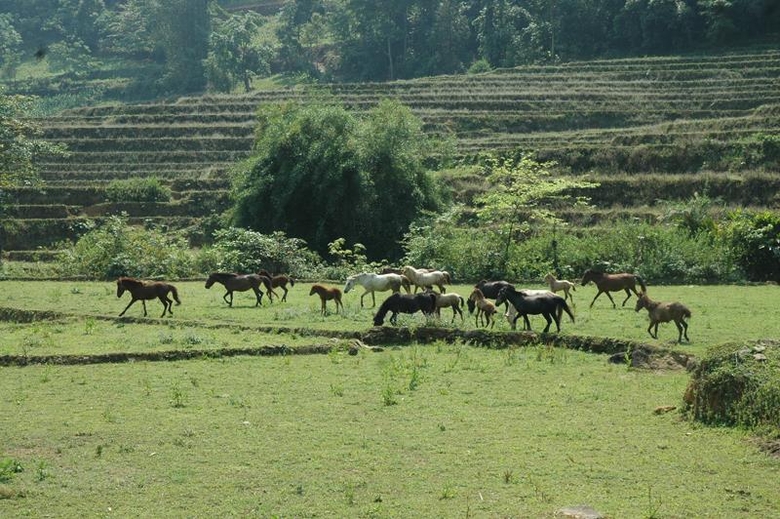
Si Ma Cai is a border district, 100km from the center of Lao Cai province, with an ethnic minority population of up to 95%. The district is located at an average altitude of 1,200 to 1,800m. Due to the influence of high mountainous terrain, climate change is quite complicated, significantly affecting the lives and production of ethnic minorities here. Therefore, by the end of 2023, the poverty rate of Si Ma Cai district is still 40.74%, the locality with the highest poverty rate in Lao Cai province. In that situation, helping people develop their socio-economy to confidently become "living milestones" protecting border sovereignty is an important task of all levels and sectors in the political system, including the Border Guard.
One of the traditional livestock in this border district is horses, but the number is limited compared to other livestock. The whole district has only about 500 horses, most of which are black horses, red horses, the number of white horses is small, only about 100. Realizing the great benefits of developing white horse breeding and with the desire to create a model for ethnic minorities to witness and study, Si Ma Cai Border Guard Station, Lao Cai Border Guard has piloted the breeding of white horses.
People with many years of experience raising horses in Lao Cai said that horses are easy to raise, their main food is grass, bananas, corn and industrial bran. Compared to cows, horses also eat less, only twice a day, about 5kg of grass each time. Moreover, horses are less susceptible to diseases. Compared to other species, white horses are more valuable than black and red horses. White horses have a gentle nature and are very easy to raise. White horse meat is sweeter and softer than black and red horse meat. White horse bones can also be cooked into glue. White horse bone glue is of good quality, has a nourishing effect, benefits the body, strengthens tendons and bones, and has a specific treatment effect on some specific diseases such as arthritis, lumbar spine disease, bronchial asthma, and is nutritious for children with rickets, diabetes, etc.
Despite the many benefits, developing a white horse herd is not simple. The reason is that the more valuable the breed, the higher the price, requiring breeders to have a large amount of capital. A white horse breed currently costs up to 30 million VND. Therefore, it is not easy for ethnic minorities in a poor district that still relies mainly on subsidies from the central and provincial budgets like Si Ma Cai to expand the herd.
To implement this idea, the vacant land around the Si Ma Cai Border Post was used to grow elephant grass to provide food for the white horses kept in the stables. After spending some time taking care of the white horses, Captain Sung A Tro, an officer of the unit, commented that raising white horses was quite easy. In addition to ensuring food, one only needed to monitor them regularly and notify the veterinary staff whenever they showed signs of illness.
The horses were kept in captivity and provided with adequate food by the Border Guard soldiers, so they grew and developed well. After 5 years, from the initial 4 horses, the station now has 9 horses. The price of mature white horses (about 4-5 years old) that are qualified to be used for making glue is very high, about 200 million VND per horse, 6-7 times higher than the price of a breeding horse and much higher than the price of other livestock, which in recent years have fluctuated in a downward trend.
Lieutenant Colonel Pham Duc Hau, Political Commissar of Si Ma Cai Border Guard Station, said: "Previously, people in the area had a tradition of raising black horses, but the efficiency was not as high as raising white horses. Therefore, the station hopes that through this model, people in the border area will observe, learn, and apply to create new livelihoods, increase income, and at the same time contribute to multiplying the herd of precious horses."
The actions of officers and soldiers of Si Ma Cai Border Guard Station are a testament to the participation of all levels, sectors and the entire political system in implementing Project No. 01-DA/TU dated December 11, 2020 of Lao Cai Provincial Party Committee on agricultural and forestry development, population arrangement, and new rural construction in Lao Cai province, period 2020-2025. In this project, Lao Cai province raises the issue of promoting indigenous knowledge to create regional and endemic products, associated with tourism, OCOP products and value chains.
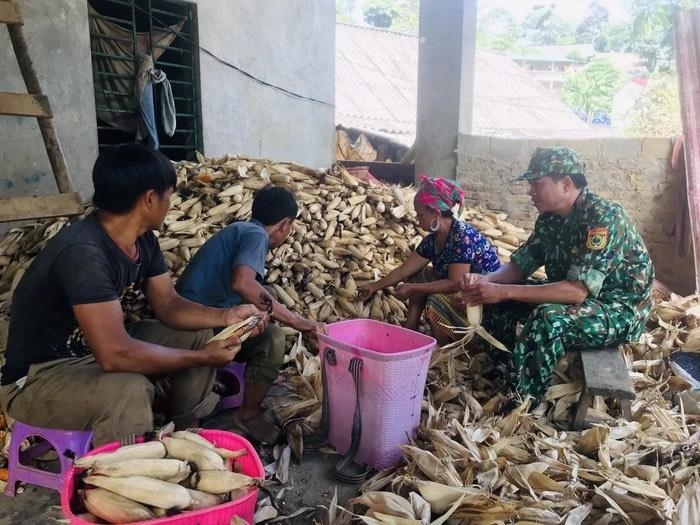
Regarding the livestock sector, the province sets a goal for the 2021-2025 period to strongly transform the form of small-scale livestock development to concentrated livestock farming, promoting the competitive advantages of each locality and region to raise specialty livestock and indigenous breeds with high economic value; striving for a total livestock herd of 695,000 heads, with a total meat output of 68,500 tons. The horse herd alone will remain stable at 7,000 heads. To help people develop the economy, over the past 4 years, the Si Ma Cai Border Guard Station has supported 12 poor households with crops and livestock, creating conditions for people to have a livelihood, escape poverty sustainably, and stay at the border with peace of mind.
In addition to helping people with their economic activities, officers and soldiers of Si Ma Cai Border Post always stay close to the area, understand the circumstances of each difficult household to come up with the most suitable plan to help people. Like many other mountainous areas, Si Ma Cai is being affected by climate change. The rains are now often both heavy and persistent. Having lived on the hillside for many years, every time the rainy season comes, the constant worry of Lu Van Thang's family, in Nan Vai village, Nan San commune, is that their house will collapse.
Understanding the family's concerns, officers and soldiers of Si Ma Cai Border Guard Station donated a day's salary and mobilized social resources to get 80 million VND, and enthusiastically supported the family with working days to build a new solid house, ending the fear every time it rained. Not only Mr. Thang's family, the station mobilized social resources to help 13 other families build houses, eliminating dilapidated and makeshift houses, with a total amount of 700 million VND. Implementing the program "Helping children go to school - Adopted children of the Border Guard Station", officers and soldiers of Si Ma Cai Border Guard Station also sponsored Lu Seo Lu, in Lu Di San hamlet, San Chai commune, to complete the 12th grade program, creating a foundation for him to fulfill his dream of taking the entrance exam to the Border Guard Academy.
Major Ly Van Vinh, Deputy Political Commissar of Si Ma Cai Border Post shared: "Thoroughly implementing the motto of "The post is home, the border is homeland, ethnic minorities are blood brothers", sympathizing and sharing with the people, officers and soldiers of the unit have done many things, from helping people develop production by raising black pigs, goats, cows, horses to building civilized streets in the center of the district... Officers and soldiers of Si Ma Cai Border Post aim to maintain the models that have been effective in the past and continue to research and implement models with better development prospects in the coming time, thereby supporting ethnic minorities to develop socio-economy, building a new and better life in the border area".
Source



![[Photo] Summary of parade practice in preparation for the April 30th celebration](https://vstatic.vietnam.vn/vietnam/resource/IMAGE/2025/4/11/78cfee0f2cc045b387ff1a4362b5950f)
![[Photo] Prime Minister Pham Minh Chinh chairs meeting to discuss tax solutions for Vietnam's import and export goods](https://vstatic.vietnam.vn/vietnam/resource/IMAGE/2025/4/10/19b9ed81ca2940b79fb8a0b9ccef539a)

![[Photo] Phuc Tho mulberry season – Sweet fruit from green agriculture](https://vstatic.vietnam.vn/vietnam/resource/IMAGE/2025/4/10/1710a51d63c84a5a92de1b9b4caaf3e5)

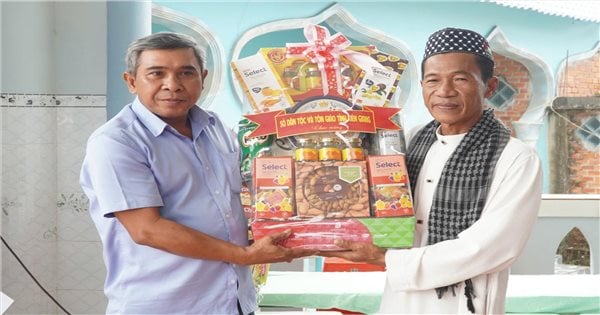


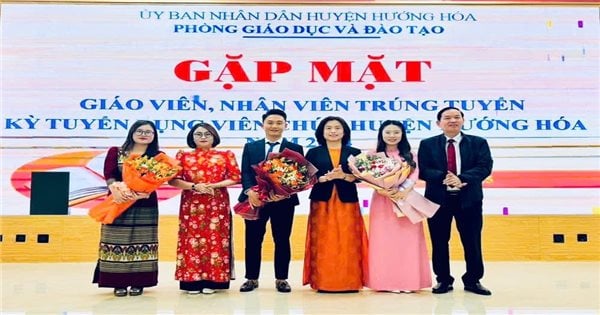
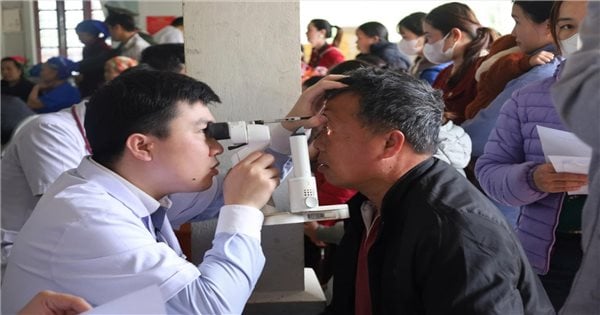
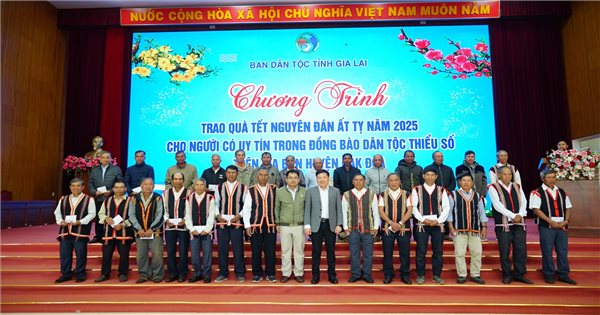
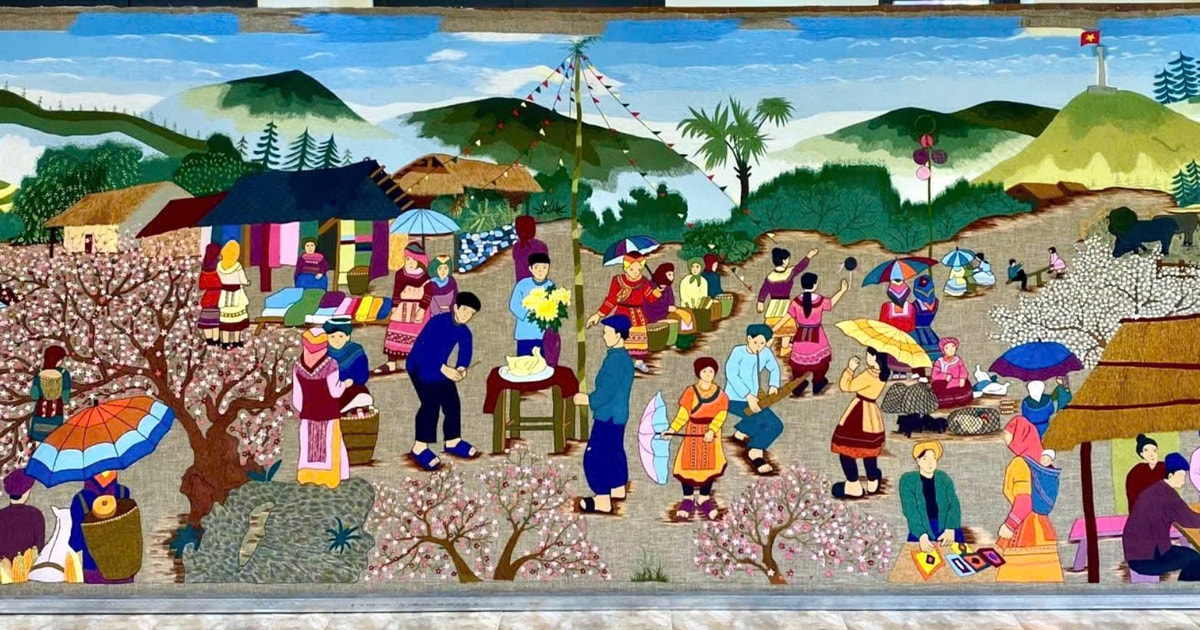

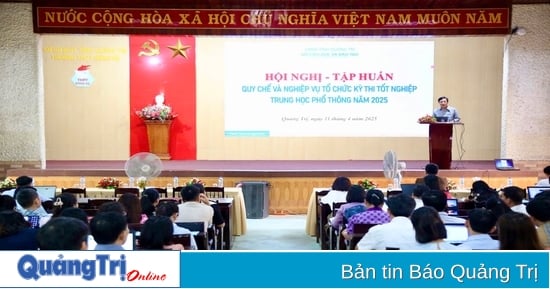
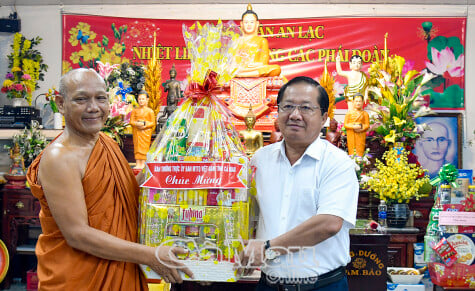
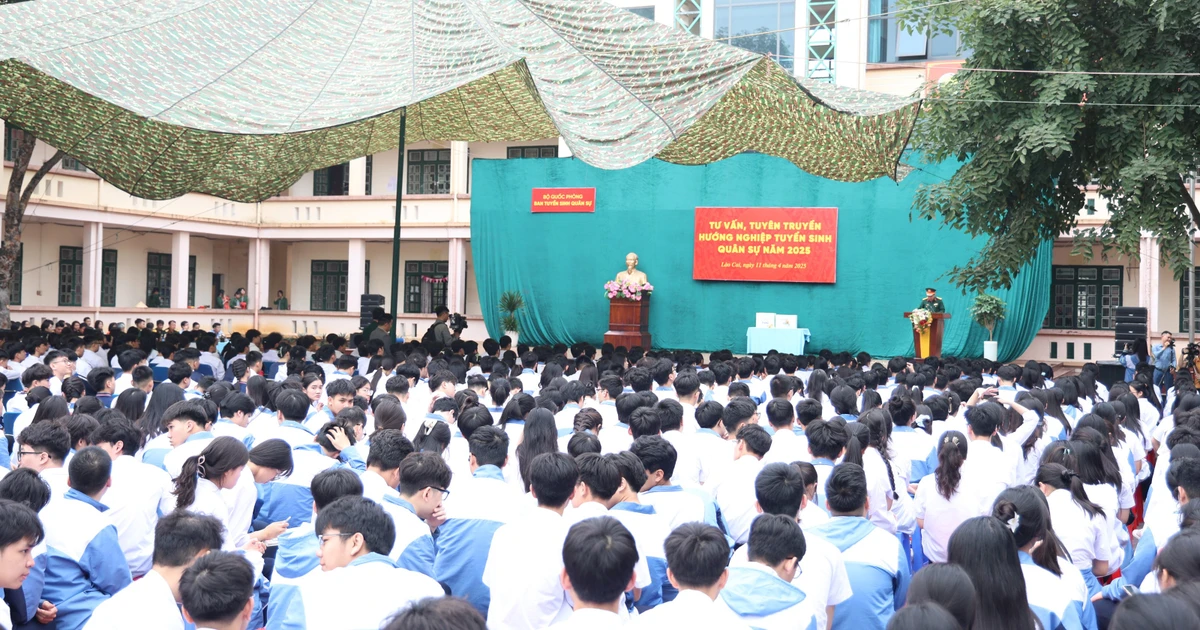


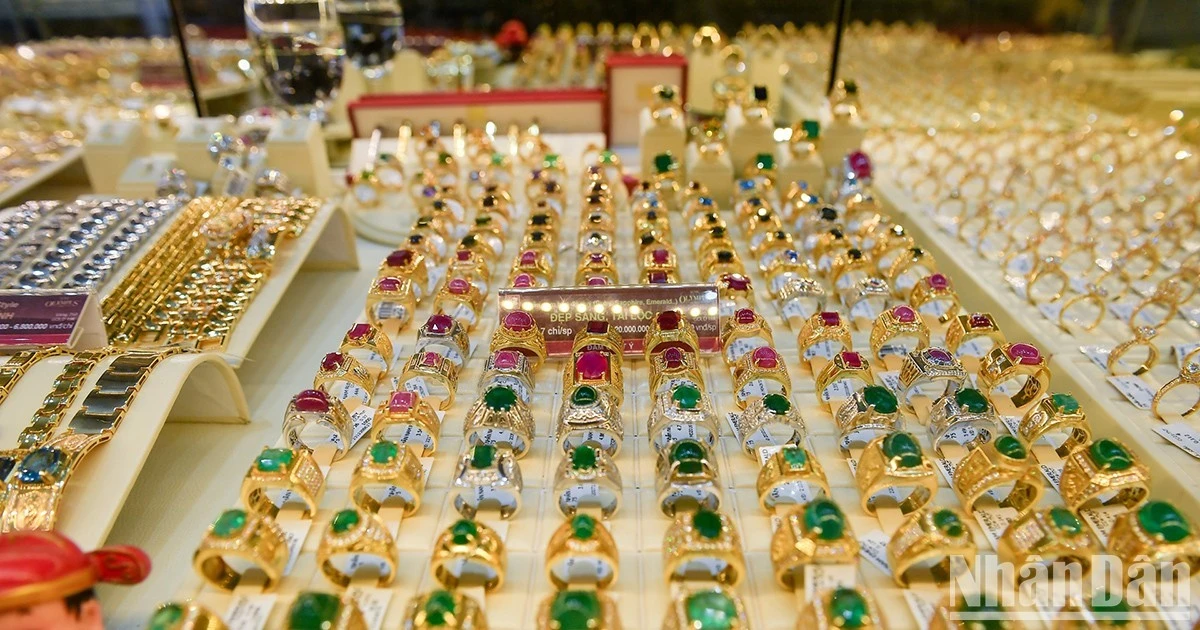





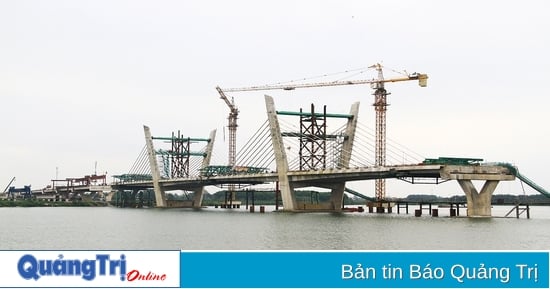
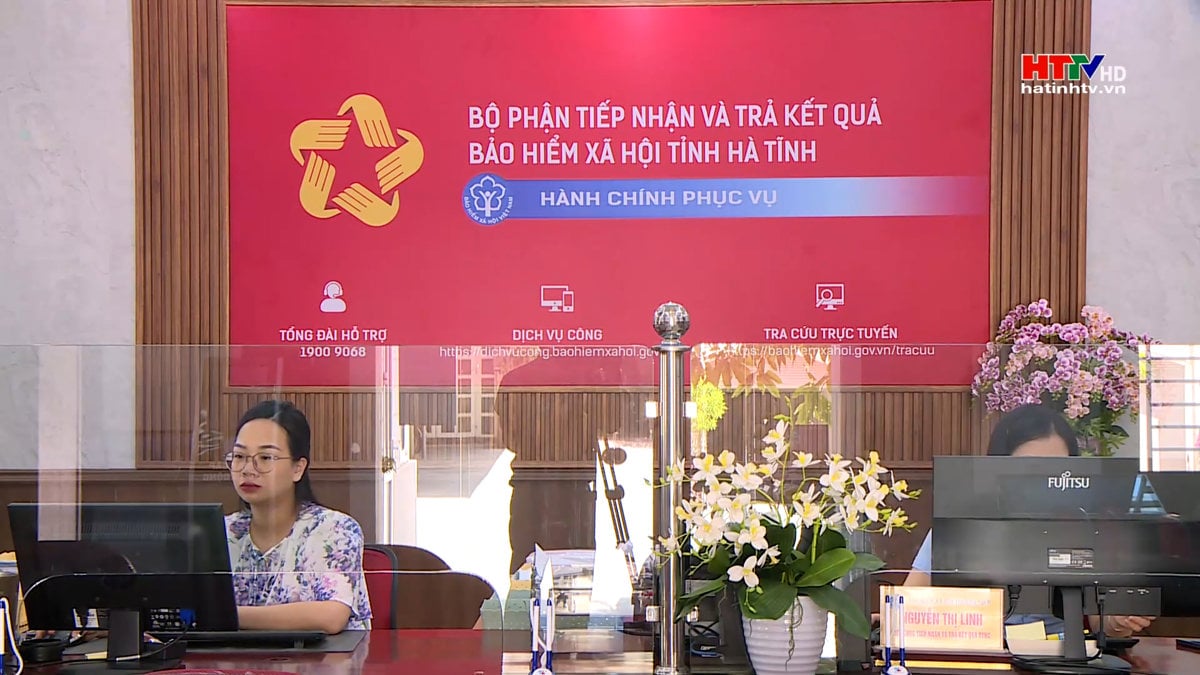
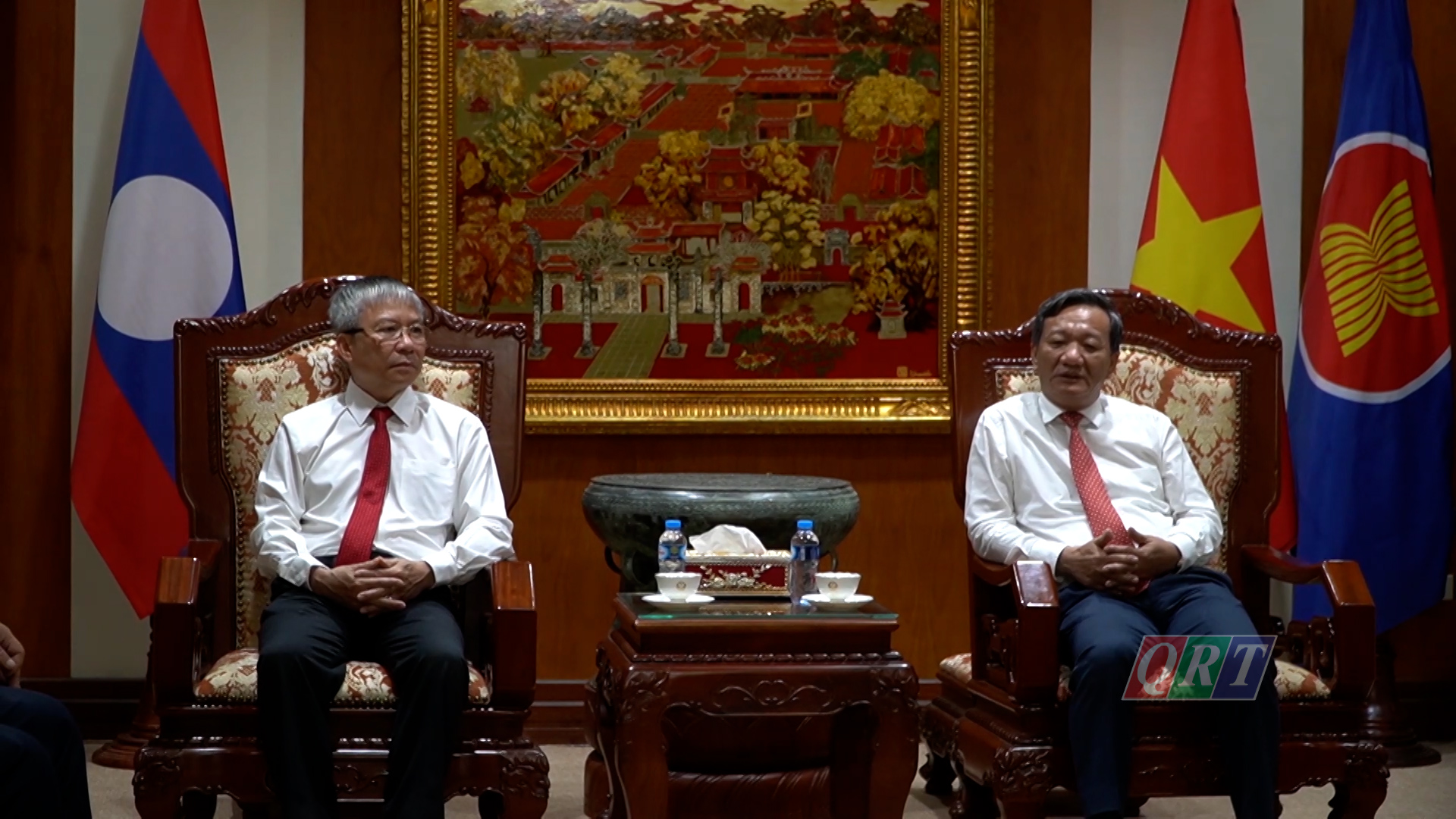

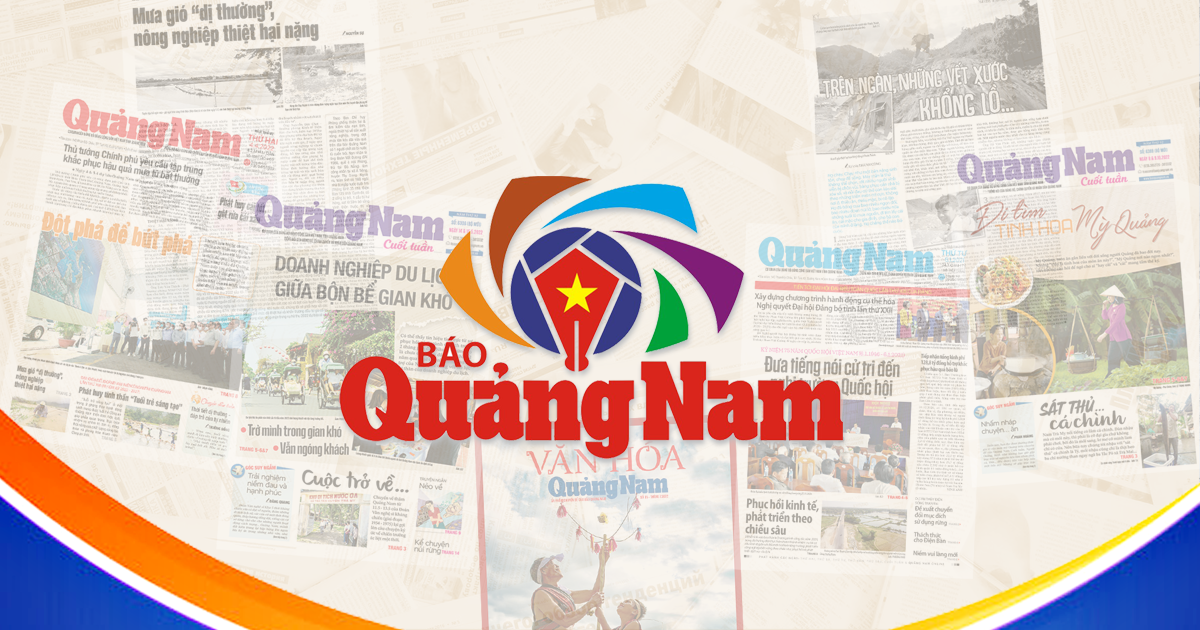















































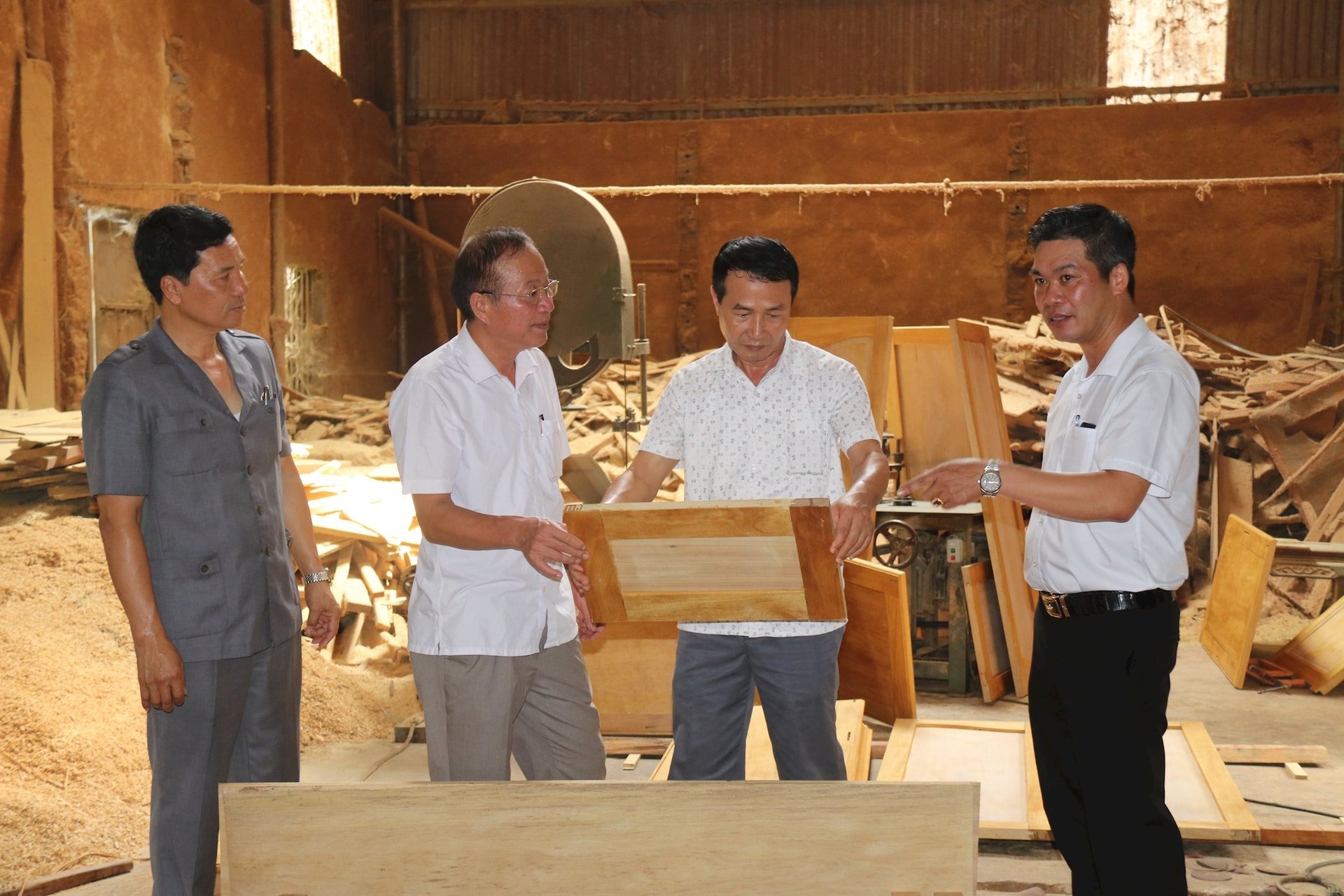

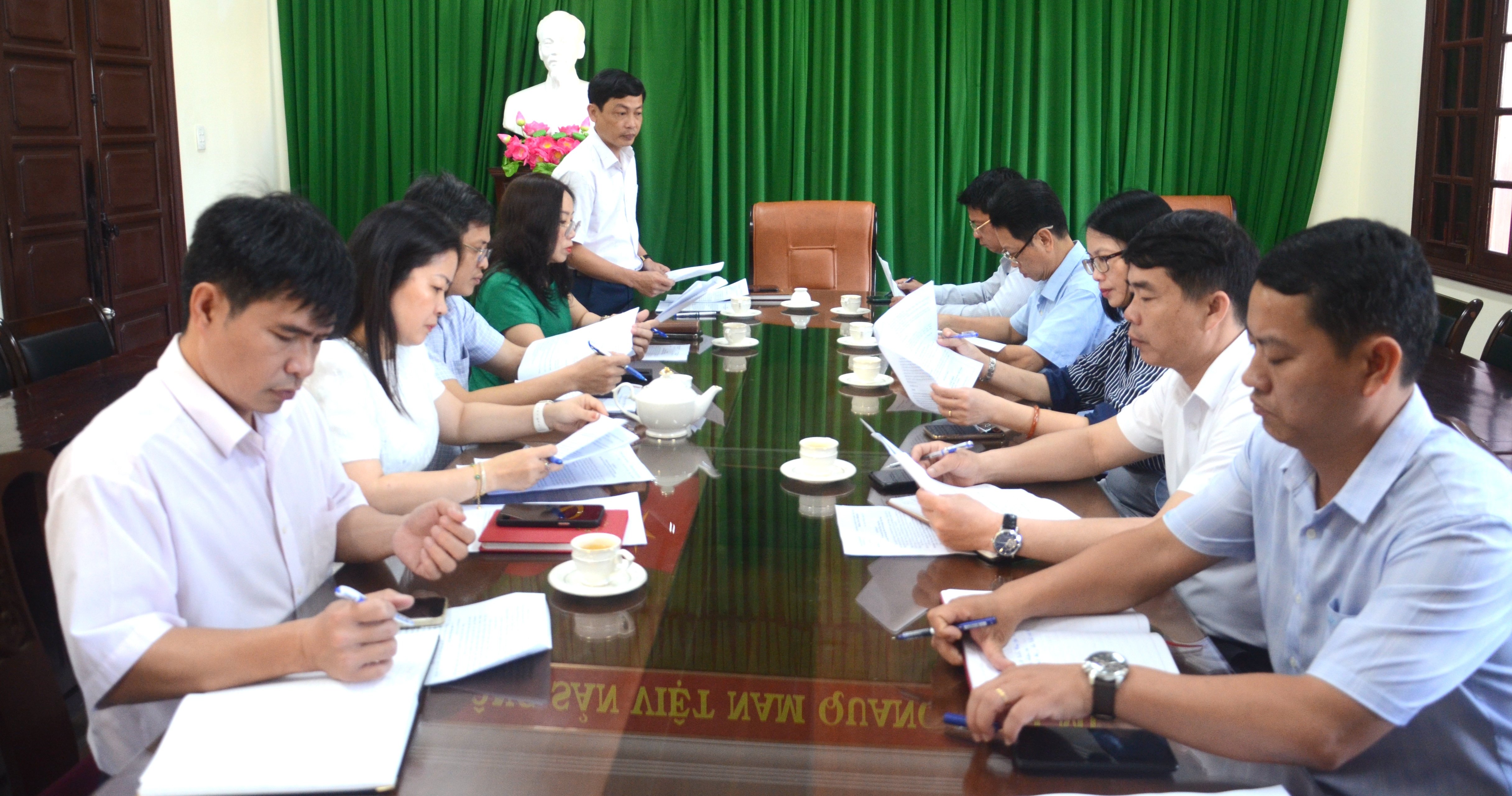

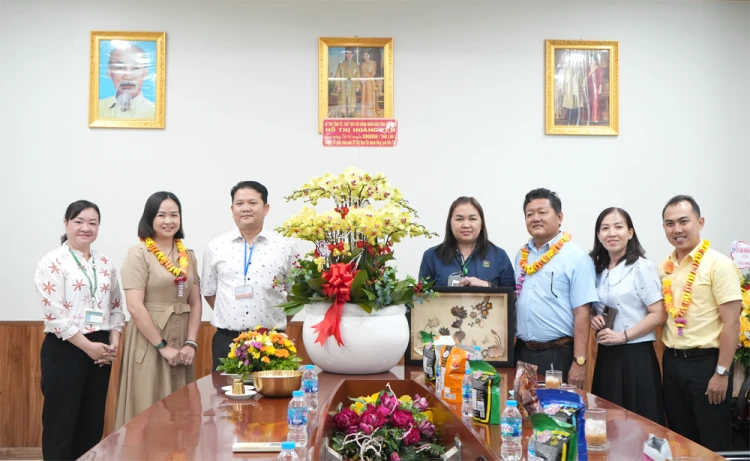

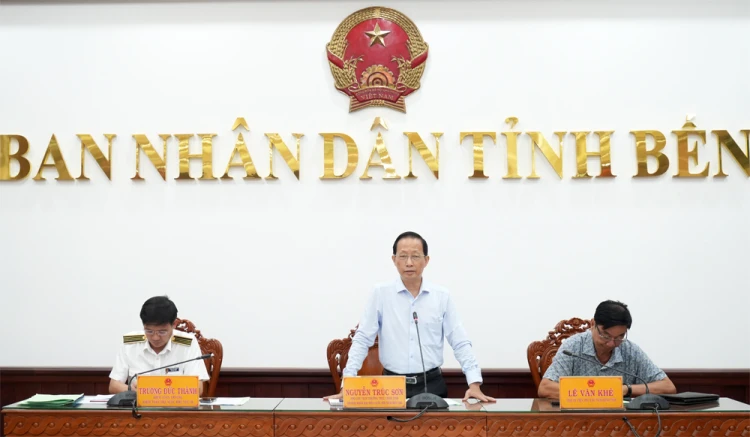
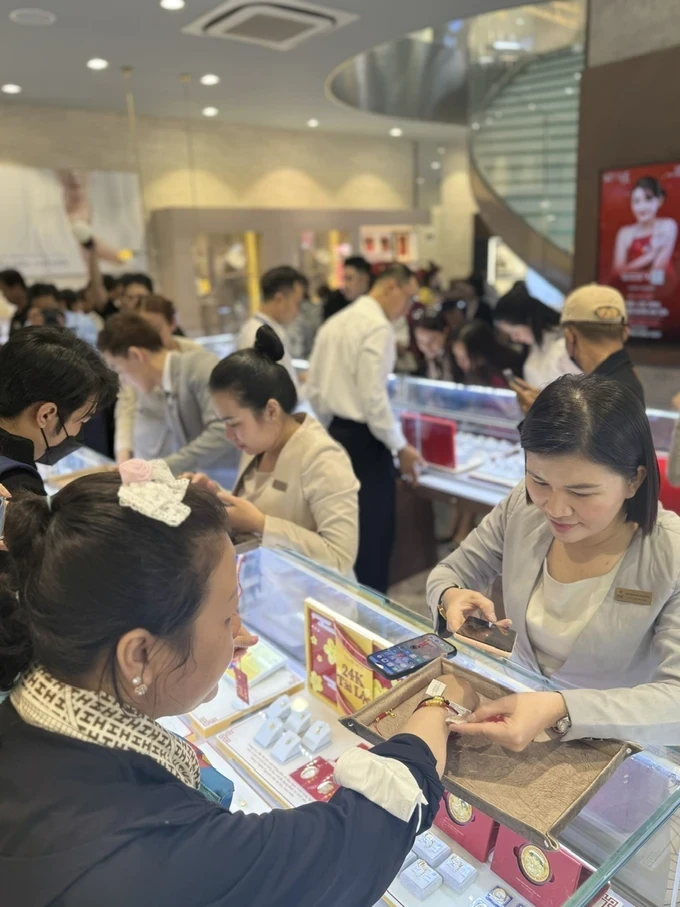








Comment (0)